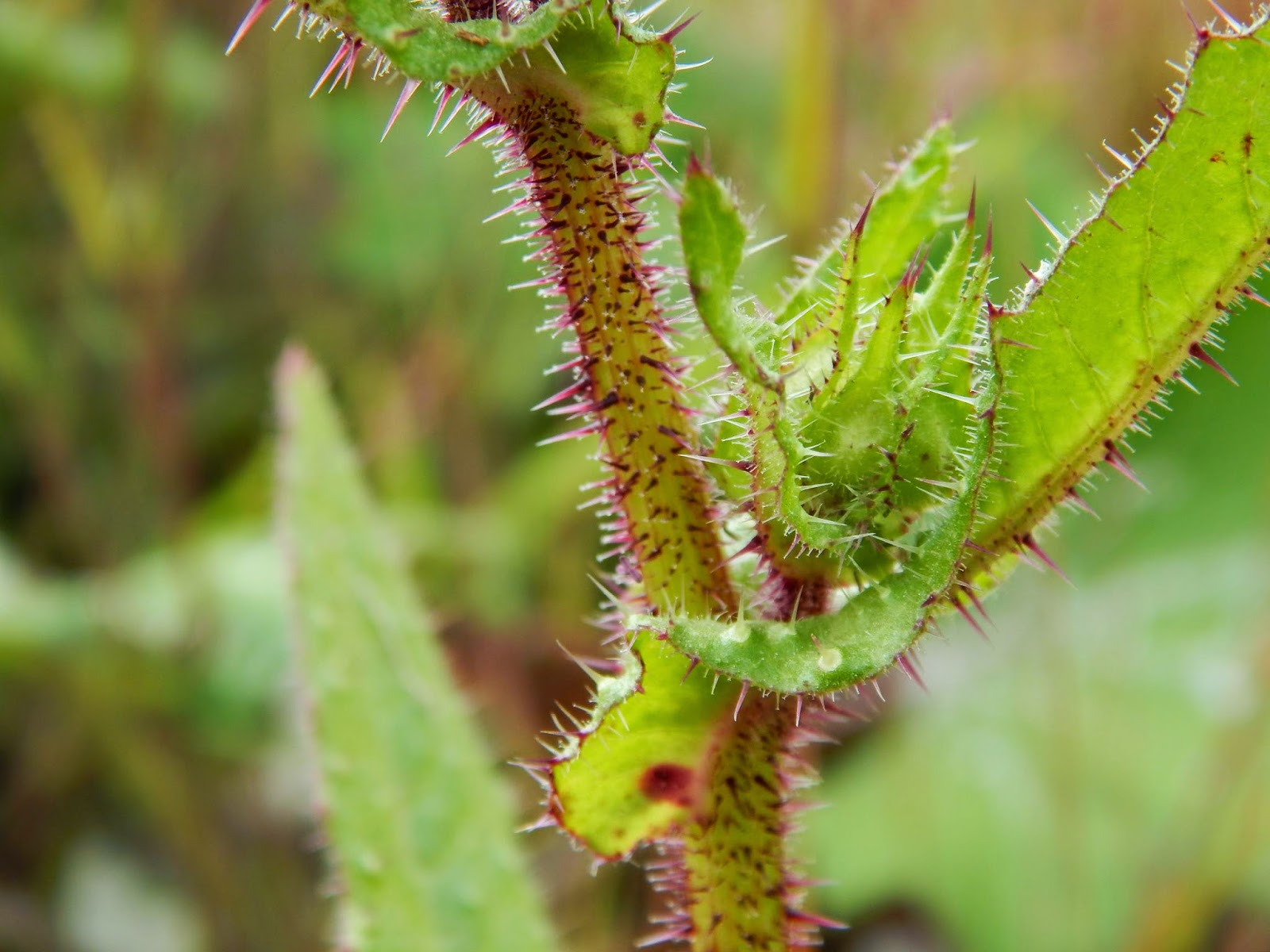After a message from Peachysteve about some unidentified larvae munching Wild Parsnip I set off to investigate. Steve found the plants in a car park on Walton Street not far from the County bridge in Sowerby Bridge that crosses the Calder. This ties in well with an extract from the "Flora of the Parish of Halifax":
"This plant is now well established in the Sowerby Bridge area and probably originated at the Walton Street flour mill (burnt down and demolished some years ago)."
Of the several plants present many had larvae on them and most of the flowerheads had been eaten off just leaving the larval web in situ. I'm happy to ID these as those of the Parsnip Moth (Depressaria radiella) but I have three at home to rear through just to be 100% sure. Two of which are already boring in to some Hogweed stems I took home for them to pupate in. The adults should be out in 2 or 3 weeks hopefully.
Above, one of the larva sealing up it's tunnel with chewed Hogweed stem and Below, the finished article made earlier by a different larva.

.jpg)
+2.jpg)
+4.jpg)
+3.jpg)













































